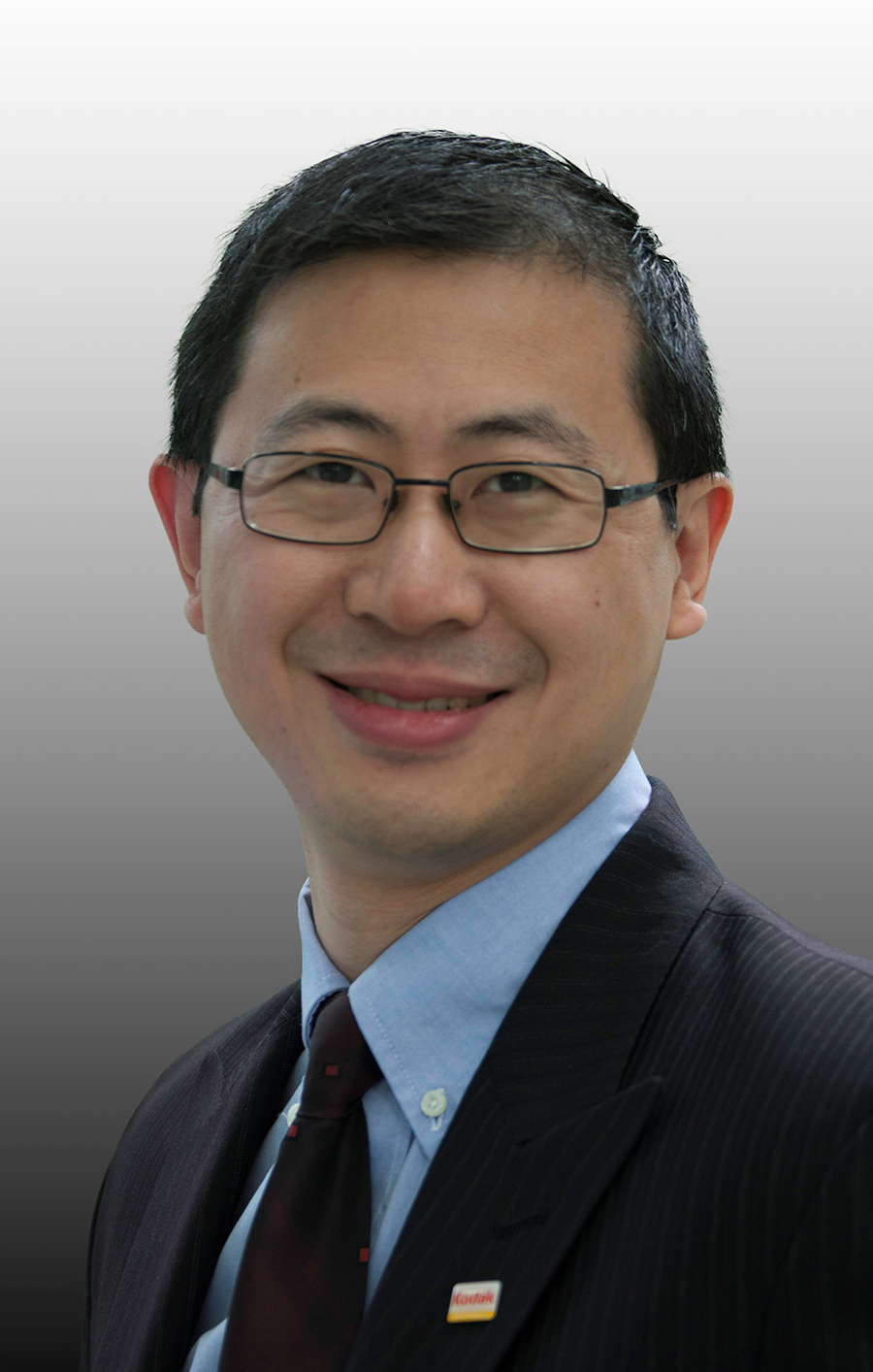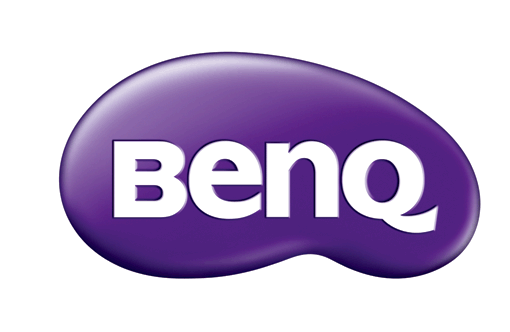- 2024
- Spectral Imaging Experts' Day
- Upcoming ICC Meetings
- 2023
- London Meeting Invited Speaker session
- 2022
- HDR Experts' Day
- 2020
- ICC DevCon 2020
- Munich, 10-11 February
- 2019
- ICC Color Experts' Day, Bressanone
- 2018
- ICC Color Symposium Hong Kong, 22 October
- Grand Rapids, MI, 30-31 May
- ICC DevCon 2018
- Munich, 25-26 February
- 2017
- Ryerson Toronto Graphic Arts Day, 13 October
- Toronto, 11-12 October
- Prague Graphic Arts Experts' Day, 29 June
- Prague, 27-28 June
- Tokyo, 19-20 April
ICC DevCon 2014 Program

Video of the event now available!
| 8.30am | Conference Intro Note |
 |
ICC Chair - William Li
The International Color Consortium (ICC) exists to ensure that different systems from different vendors in different places can specify, produce, and display color in a consistent fashion. The ICC has addressed these issues in the graphic arts through as the ICC specification ISO 15076-1, and as a result ICC workflows are in universal use, enabling vendors to build products that will readily integrate into the market. However there are some industries yet to be touched, and over the past 10 years or more ICC has responded to requests from other markets, such as photography and motion picture, to adapt the core ICC technology to provide better support, while retaining the basic model of a fixed Profile Connection Space based on D50 colorimetry. While this fixed PCS is capable of delivering unambiguous color transforms, it cannot support the increasing demand for spectrally-based reproduction. iccMAX is a radically different approach which builds on ICC v4 but enables a far more flexible means of connecting devices, data, materials, observers and illuminants. This flexibility is needed in today's graphic arts market as the need to simulate and reproduce more complex appearances (such as multi-color packaging with foils, textures and varnishes) increases. It is also needed to address the needs of other markets beyond graphic arts, and vendors who adopt iccMAX can anticipate having a stable and consistent platform to integrate their technologies into such markets.
Bio:
|
| 8.45am | Introduction to iccMAX from the Business Perspective |
 |
ICC Chair - William Li
The decision to support new standards is not an easy one, although all the technical benefits are obvious. Budget justifications, business cases, customer benefits, return on investment are all terms which are not particularly popular amongst developers and supporters of technological novelties. This presentation approaches the iccMAX promises in a different way and provides some help with translating the technical progression into business arguments.
|
| 9.15am | Making Connections with iccMAX |
 |
Max Derhak Onyx Graphics
In addition to providing a brief technical overview of iccMAX, an introduction to the various methods and mechanisms involved with connecting iccMAX profiles will be presented. The basics of iccMAX Profile Connection Spaces (PCSs) involving Color Management Module (CMM) processing (both spectral and colorimetric) will be covered as well as considerations for encoding color transforms in profiles that make use of different observers and/or illuminants. This will include the use of Profile Connection Conditions (PCC's) that provide the means of both specifying the observer and illuminant as well as mechanisms for adjusting between PCCs. Having some familiarity with existing ICC color management concepts is recommended.
Bio:
|
| 10.15am | Coffee Break |
| 10.30am | Consistency Between ICC tags: Improving Profiling Quality |
 |
Marc Mahy Agfa
iccMAX broadens the possibilities of color management far beyond the current scope of ICC profiles. This is obtained by extending the functionality of the CMM and adding dedicated tags to support a variety of color applications. Fundamentally, iccMAX is still based on the concept of characterizing color devices via a profile connection space (PCS), but within the new framework much more detailed information is made available. However, to improve the quality of iccMAX profiles in practice, these tags have to be filled out consistently.
Bio:
|
| 10.50am | Introduction to Named Color Profile in iccMAX |
 |
Yue Qiao Ricoh
One of the significant enhancements of iccMAX is to provide flexibility for named color specification. In addition to the information specified in ICC.1, the named Color profile can also specify tint values, spectral PCS, spectral over black, etc. in the new namedColorTag. This talk will describe the enhancement of the named color profile in the context of tag specification, rendering intent, tint value spectral calculation, overprint and workflow.
Bio:
|
| 11.30am | Using iccMAX to Characterize Fluorescence in a Complex Color Environment |
 |
Tom Lianza Photo Research
The complexities of illumination conditions, media characteristics and colorant conditions complicate the characterization and impact of Fluorescence in real world environments. Recent measurement trends such as ISO 13655 have tried to mitigate the problem by specifying a deterministic amount of UV radiation in the instrument with respect to the hypothetical D50. Given that D50 is a virtual and arbitrary description of a light source, use of these measurements to relate to physically realizable sources and resultant visual effects often fails on first principles. Use of the fluorescent modeling in iccMAX enables better estimation of the real world effects of the illuminant and media interaction. The issue of UV shading will be discussed in the context of mixed spot color presentations.
Bio:
|
| 12.00pm | Lunch Break with table presentations |
| 1.15pm | Representing Surface Appearance with iccMAX |
 |
James Vogh X-Rite
The light that comes from a surface to a viewer of the surface is a complex function that is controlled by many factors. As a surface is viewed from different angles or the angle of the light shining on the surface changes, the appearance of the object will change. Specular highlights can appear, and colors can change. These aspects of surface reflection are described by a bidirectional reflection distribution function (BRDF). iccMAX profiles will optionally contain BRDFs that provide a more complete description of the color behavior of the surface. Surface texture can optionally be represented with the use of height maps or normal maps. This talk will look at the support iccMAX provides for representing surface appearance, how to construct a profile that describes surface appearance, and how to use the profile.
Bio:
|
| 1.45pm | Multi-Processing Elements in iccMAX |
 |
Phil Green Norwegian Colour and Visual Computing Laboratory
The multi-processing element is at the heart of iccMAX. Previous versions of the ICC specification were founded on the need for a simple and unambiguous data transform structure, to ensure consistent results across different platforms and applications. The resulting LUT-based transforms were limited to a small set of transform elements applied in a fixed sequence on limited-precision data. iccMAX is designed from the outset to support a very wide range of applications, with far more flexible and powerful transform options. Multi-processing elements can be applied in any arbitrary sequence, on both integer and floating-point data. Available elements currently include curves, matrices and LUTs as in ICC.1, but with a number of enhancements to extend their functionality. iccMAX multi-processing elements can also include the Calc element, a powerful custom-built stack-based language for performing operations on pixels. Multi-processing elements were first introduced in ICC version 4.3, and experience since then has been used to provide extended behavior and connectivity in iccMAX. As in version 4.3, a CMM does not need to understand the meaning of the data at each step in the transform but simply to connect the profiles by applying the sequence of transforms in the order set out in the profile. As a result, iccMAX profiles can have the same level of consistency of output as seen ICC.1.
Bio:
|
| 2.15pm | Taming Unusual Color Workflows with iccMAX |
 |
Marti Maria HP
When dealing with ICC color management, iccMAX promises to go where no one has gone and beyond. This talk will analyze some unusual cases, not previously covered by ICC traditional workflows, and discuss how iccMAX can be successfully applied. Cases covered includes: spectral matching, changing viewing conditions, different measurement standards, special connection spaces, and fluorescence.
Bio:
|
| 2.45pm | Coffee Break |
| 3.00pm | Multispectral imaging in digital pathology: color and non-color applications |
 |
Masahiro Yamaguchi
The applications of multispectral imaging in digital pathology include brightfield and fluorescence imaging, which will provide important tools for diagnosis, cancer research and drug discovery. This presentation will include an introduction on how multispectral technology and how it can be used in digital pathology imaging, such as color adjustment, image analysis and color unmixing. These use-cases essentially involve color reproduction and how the ICC framework is expected to be applied. However, non-color applications are also very important, such as the cross-talk removal in fluorescence imaging. Thus, this talk will also address the concept of how to apply the ICC framework to such non-color use cases, which have been discussed in the ICC Medical Imaging Working Group.
Bio:
|
| 3.25pm | Color Management Personalization through iccMAX |
 |
Yuta Asano Rochester Institute of Technology
Individual differences exist in human color vision (color matching functions) even among color-normal populations. Thus, a basic color management workflow using a standard observer might not work under conditions where the degree of observer metamerism is high (e.g. side-by-side comparisons of a LCD monitor and a laser projector). Personalizing color management based on an observer?s color vision characteristics is one possible solution in such scenarios. This can be achieved by the use of iccMAX.
Bio:
|
| 3.50pm | iccMAX for Pigment Concentration Estimation |
 |
Farhad Abed Rochester Institute of Technology
Characterization and concentration estimation of subtractive mixtures is the contribution of color science for inpainting and treatment procedures of the artist paintings in museums. The workflow, however, is a practical instance of a spectral and non-linear pipeline, which cannot be implemented by any of the current available and commercial packages. In this talk, the role of iccMAX, as a key element taking into account the complexity of subtractive mixtures in a spectral space is introduced. New iccMAX implementations expand the usage of subtractive mixing theories from a limited research area to a widely accessible tool for conservators. Estimated concentrations, as a material connection space, are beneficial for other applications such as color change simulations, archiving and accurate reproductions in addition to inpainting.
Bio:
|
You can also download an edited transcript
*Note: Neither NPES nor ICC DevCon is affiliated with Harvard University, and neither NPES nor ICC DevCon is a Harvard University program or activity.
 |
. |  |
 |
 |
 |
Back to the main DevCon page

